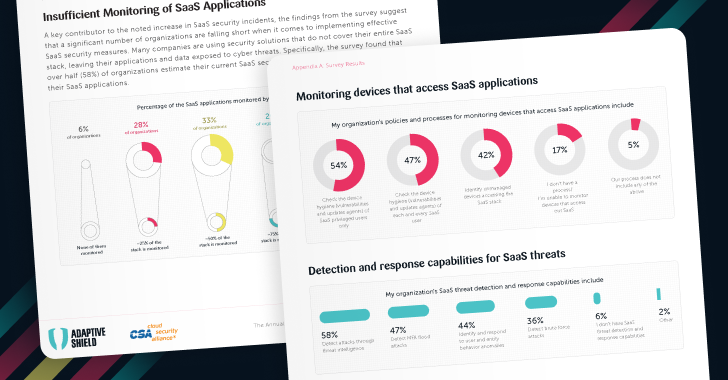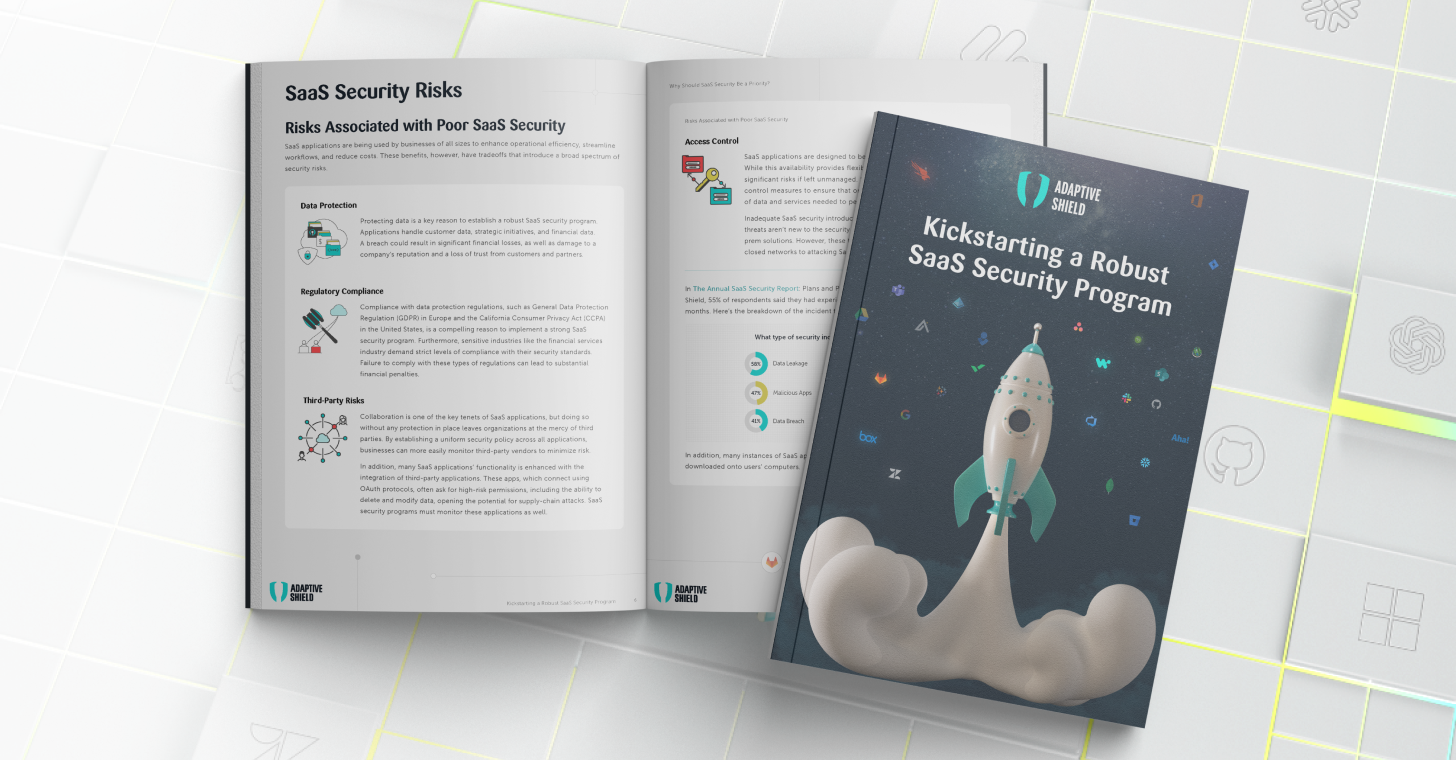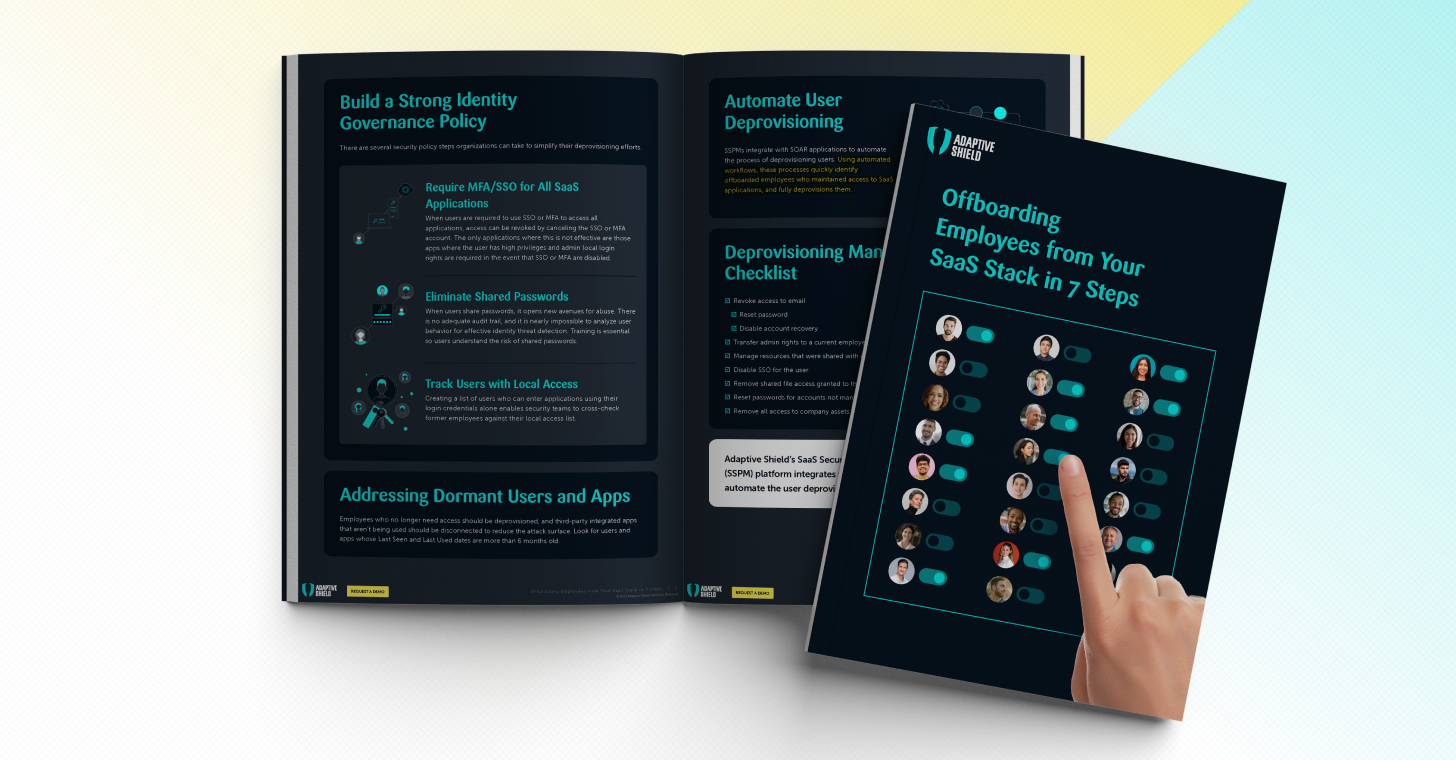Risk management in SaaS refers to the process of identifying, assessing, and mitigating potential risks that could impact the security, compliance, and operational aspects of SaaS applications. It involves implementing strategies and controls to minimize the likelihood and impact of adverse events, ensuring the continuity and integrity of business operations in the cloud environment.
As organizations increasingly adopt SaaS applications, managing and mitigating risks becomes paramount to ensure data security, regulatory compliance, and operational continuity. By understanding the risks associated with SaaS, implementing appropriate risk management strategies, and fostering a culture of security awareness, organizations can confidently leverage the benefits of cloud-based solutions while safeguarding their sensitive data and maintaining business resilience in the ever-evolving digital landscape.
Risks in SaaS Applications
Data Security Risks
One of the primary concerns in SaaS is the security of data. Organizations heavily rely on SaaS vendors to store and process their valuable data, making it essential to address the potential risks associated with data security. Risks include data breaches and data loss, which can result in unauthorized access to sensitive information, compromised customer data, and reputational damage. Data breaches can result in the exposure of confidential customer data, intellectual property theft, and financial losses. Such incidents not only have a direct impact on the affected organization but can also lead to reputational damage, eroding customer trust and loyalty.
Compliance Risks
Failure to meet industry regulations and compliance requirements poses significant risks. Organizations must adhere to specific standards and guidelines, and non-compliance can lead to government penalties and legal repercussions. Some industries have specific standards, guidelines, and legal obligations that businesses must adhere to when handling sensitive data. For example, US organizations in the healthcare industry must comply with the Health Insurance Portability and Accountability Act (HIPAA).
Non-compliance with these regulations can have severe consequences. Government regulatory bodies can impose substantial financial penalties, which can significantly impact an organization’s financial stability and viability. Moreover, organizations may face legal repercussions, including lawsuits from affected individuals or entities. Organizations must prioritize meeting industry regulations and compliance requirements to mitigate these risks and maintain trust with their stakeholders.
Operational Risks
Operational risks are those that can impact operations. The larger the impact, the bigger the operational risk. For example, a SaaS social media tool that is compromised has low operational risk. It would impact the marketing team and could have reputational repercussions, but the impact on the company’s operations is low.
A managed services operation that loses access or data from ServiceNow, on the other, significantly impedes the company’s ability to operate. Breaches that impact email service through Microsoft 365 or Google Workspace would also have a significant operational impact. While it is important to secure and monitor all applications, the risk inherent in these types of applications is significantly higher than other, local applications.
How to Manage Risk in SaaS Applications
Managing risk in SaaS applications is crucial to ensure the security, compliance, and operational continuity of an organization’s digital ecosystem. By actively managing risk, organizations can mitigate these potential threats, safeguard sensitive data, and protect their reputation. Effective risk management also enables organizations to make informed decisions, allocate resources effectively, and maintain the trust of customers and stakeholders. By proactively addressing risk factors, organizations can ensure the stability, reliability, and long-term success of their SaaS applications. While SaaS risk management is a deeply complex matter, the basics consist of two main areas:
Continuous Monitoring and Improvement
Continuous monitoring and improvement are essential for effective risk management in SaaS applications. The threat landscape is constantly evolving, with new vulnerabilities, attack vectors, and techniques emerging regularly. Continuous monitoring allows organizations to stay vigilant and identify potential risks, enabling proactive measures to mitigate them. It helps ensure that security measures, such as access controls, authentication mechanisms, and encryption protocols, are regularly reviewed and updated to address new threats and comply with evolving industry regulations.
SSPMs are instrumental in achieving continuous improvement as they provide a dynamic framework for ongoing enhancement and adaptation. Through its continuous risk assessment capabilities, SSPM ensures that vulnerabilities and threats within the SaaS environment are consistently identified and addressed. By automating monitoring processes and integrating real-time insights, SSPM allows organizations to dynamically adjust security policies, access controls, and data protection measures, aligning with the evolving threat landscape. In essence, SSPM serves as a cornerstone for organizations committed to achieving and sustaining continuous improvement in their SaaS security strategies.
Ensuring continuous monitoring and improvement, however, is not a simple task when done manually. Security teams can streamline their efforts by implementing a SaaS Security Posture Management (SSPM) solution that enables continuous monitoring, threat detection, rapid response to security incidents and more. By deploying an SSPM, organizations gain contextualized visibility into the security posture of their SaaS environment.




















